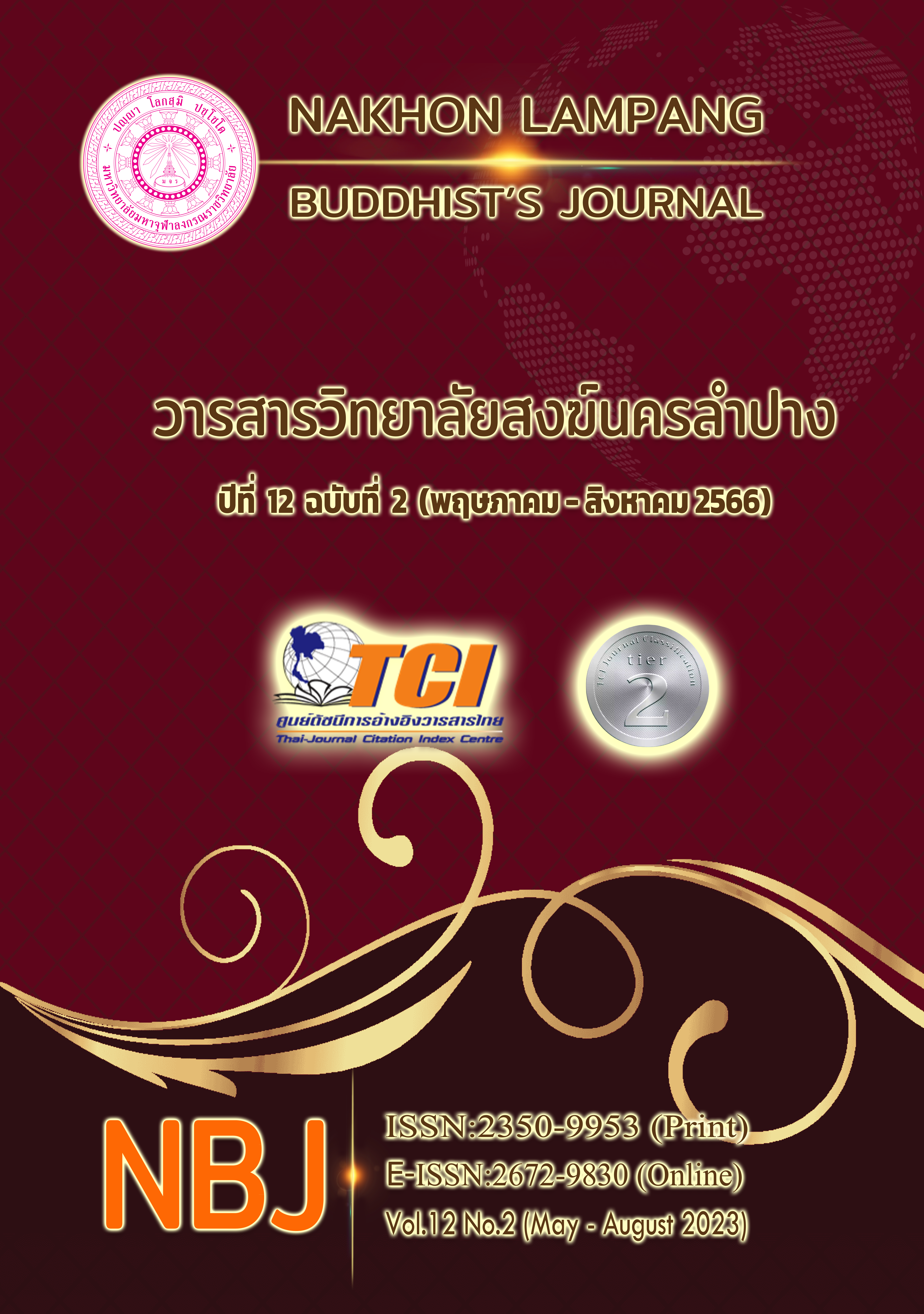ความผูกพันต่อองค์การของบุคลากรเทศบาลนครแหลมฉบัง จังหวัดชลบุรี
Main Article Content
บทคัดย่อ
การวิจัยนี้มีวัตถุประสงค์เพื่อ 1) ศึกษาระดับความผูกพันต่อองค์การของบุคลากรในเทศบาลนครแหลมฉบัง และ 2) เพื่อศึกษาปัจจัยที่มีอิทธิพลต่อความผูกพันต่อองค์การของบุคลากรในเทศบาลนครแหลมฉบัง กลุ่มตัวอย่างเป็นบุคลากรที่ปฏิบัติงานในเทศบาลนครแหลมฉบัง จำนวน 301 คน เครื่องมือที่ใช้ในการวิจัยเป็นแบบสอบถาม วิเคราะห์ข้อมูลใช้สถิติเชิงพรรณนา ได้แก่ ค่าเฉลี่ย และส่วนเบี่ยงเบนมาตรฐาน และตรวจสอบความตรงเชิงโครงสร้างของโมเดลความสัมพันธ์เชิงสาเหตุ
ผลการวิจัยสรุปได้ว่า 1)ระดับความผูกพันต่อองค์การ ด้านความเชื่อมั่นและการยอมรับเป้าหมายขององค์การ ด้านความทุ่มเทเพื่อความสำเร็จขององค์การ และด้านความตั้งใจที่จะคงความเป็นสมาชิกขององค์การ อยู่ในระดับมาก 2)ตัวแบบความความสัมพันธ์เชิงสาเหตุ มีความสอดคล้องกับข้อมูลเชิงประจักษ์อยู่ในเกณฑ์ดี ค่า Relative Chi-square เท่ากับ 1.48 Goodness of Fit Index: GFI) เท่ากับ .97 Adjusted Goodness of Fit Index: AGFI เท่ากับ .96 Comparative Fit Index: CFI เท่ากับ .99 Root Mean Square Error of Approximation: RMSEA เท่ากับ .04 ตัวแปร คุณภาพชีวิตในการทำงาน และความพึงพอใจในการทำงาน สามารถอธิบายความผูกพันต่อองค์การได้ร้อยละ 67
Article Details

อนุญาตภายใต้เงื่อนไข Creative Commons Attribution-NonCommercial-NoDerivatives 4.0 International License.
เอกสารอ้างอิง
Abebe, A., & Assemie, A. (2023). Ouality of work life and organizational commitment of the academic staff in Ethiopian universities. Heliyon. 9(4). 1-20.
Altinoz, M., Cakiroglu, D., & Cop, S. (2012). The Effect of Job Satisfaction of the Talented Employees on Organizational Commitment: A Field Research. Procedia - Social and Behavioral Sciences. 58 (2012). 322 – 330.
Buchanan, H. B. (1974). Building organization commitment: the Socialization of manager in work organizations. Administrative Science Quarterly. 19 (March): 533-546.
Chadcham, S. (2004). Confirmatory Factor Analysis. Journal of Educational Research and Measurement. 2(1). 15-42.
Daud, N. (2010). Investigating the relationship between quality of work life and organizational commitment amongst employees in Malaysian firms. International Journal of Business and Management. 5(10). 75-82.
Farid, H., Izadi, Z., Ismail, I. A., & Alipour, F. (2015). Relationship between quality of work life and organizational commitment among lecturers in a Malaysian public research university. The Social Science Journal. 52(1). 54-61.
Hair, J.F., Black, W.C., Babin, B.J., & Anderson, R.E. (2010). Multivariate Data Analysis. 7th N.J.: Pearson Prentice Hall.
Kaemkat, W. (2008). Research methodology in behavioral sciences. (2nd ed). Bangkok: Chulalongkorn University Printing House.
Kanchanakijsakul, C. (2012). Research Methodology in Social Sciences. Tak: Project Five-Four Co., Ltd.
Lawrence, S.M., Glenn, G., & Guarino, A.J. (2006). Applied multivariate research : design and interpretation. Thousand Oaks: Sage Publications.
Sarmart, T., & Lorsuwannarat, T. (2015). Organizational Commitment of Officer in Eastern Region City Municipality. Journal of Politics, Administration and Law. 7(2). 391-427.
Stan, M.M. (2013). Predictors of the organizational commitment in the Romainan academic environment. Procedia – Social and Behavioral Sciences. 78(2013). 672-676.
Suma, S. & Lesha, J. (2013). Job Satisfaction and Organizational Commitment: The Case of Shkodra Municipality. European Scientific Journal. 9(June): 41-51.
Thosuwonchinda, V. (2001). Labor relations: the key to cooperation between employers and employees. Bangkok: Nititham publishing house.
Yamane, T. (1967). Statics: An IntroductoryAnalysis. New York: Harper and Row.
Yang, F.-H., & Chang, C.-C. (2008). Emotional labour, job satisfaction and organizational commitment amongst clinical nurses: A questionnaire survey. International Journal of Nursing Studies. 45(2008). 879–887.

